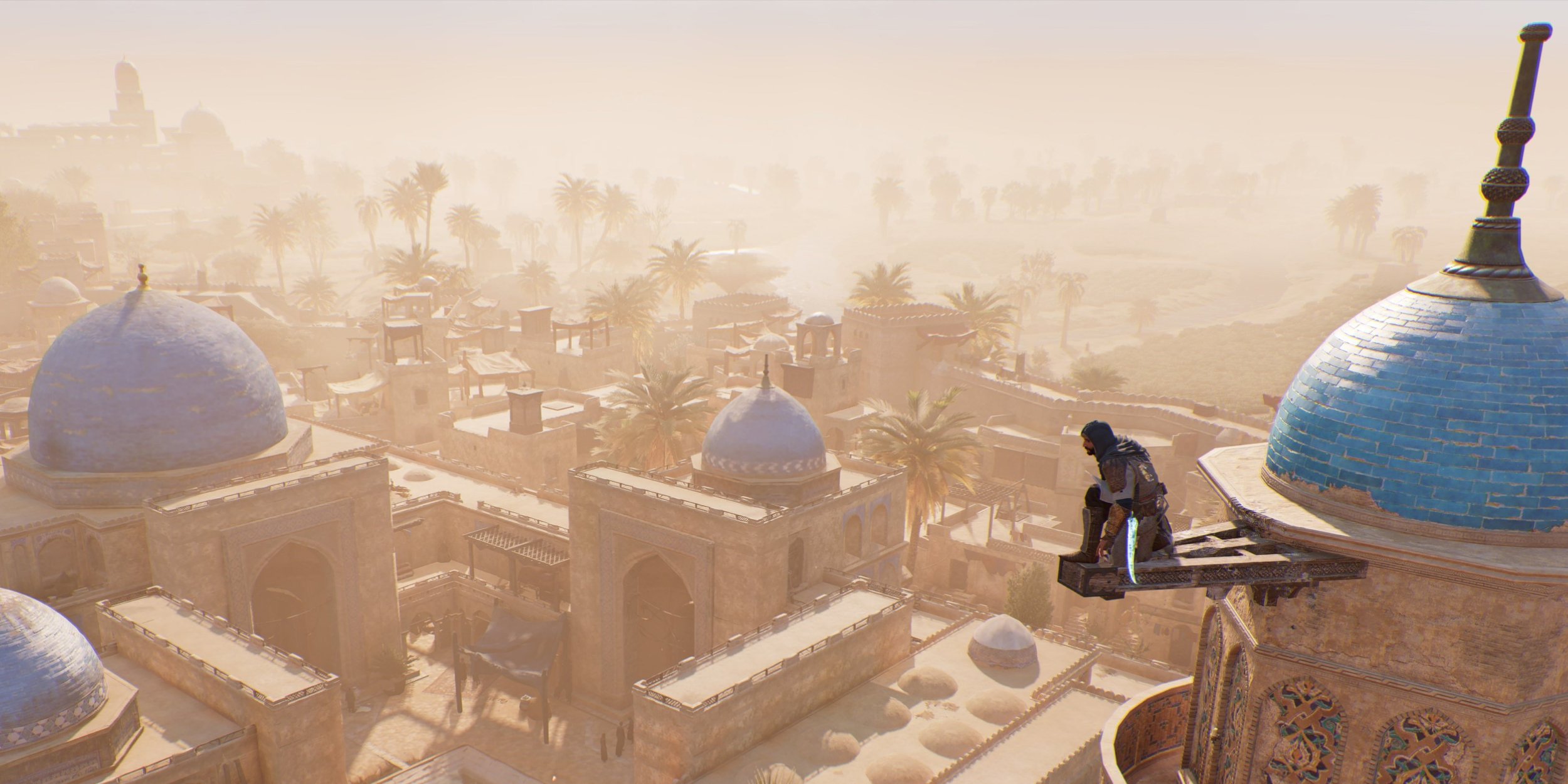Archaeologist Reacts to Assassin’s Creed: Mirage
It’s finally time and it’s finally here. Assassin’s Creed: Mirage has officially launched, and I want to talk about it. There is a good chance the next several articles on this blog are about this game, as it has a lot of archaeological content to talk about. However, in this part, I will talk about my reactions to the first half of the game, while avoiding any main story spoilers. There will be soft spoilers.
No Story Spoilers
-
No Story Spoilers -
My immediate thought on launching the game was that it was beautiful. The team did an amazing job at recreating the feel of Baghdad in the mid-900s CE, and the construction of the city and the game was very well done. In fact, this Games Radar article talks about just how much effort went into making the city feel lively and real to the extent that it made a historian cry. I was a little sad at first about the loss of the Discovery Mode, one of the best pieces of educational content about the past in video games (Maguid 2021), but I was happy to discover that the game did include Historical Sites which essentially replaced Discovery Mode without taking away the value of it.
The part about the Assassin’s Creed series that is so good for Archaeological, Historical, or Classical studies is this lively, breathing, moving representation of the past as discussed by Rollinger in their volume of essays on video games and Classical Studies. It’s something a video game can do that not many other things can, in that it drops the player into a historic past that isn’t empty and vast - instead, the cities truly feel alive and there are people going about their lives and everyday business. These games are one of the reasons I wanted to discuss Archaeology & Pop Culture to begin with.
“Such a massive dig, what are they up to?”
Assassin’s Creed: Mirage is no exception, and in fact, the city feels more alive than ever. The civilians and guards interact with Basim based on his own actions, and the streets of Baghdad are very crowded and there’s a constant, but not too loud or annoying, hum of chatter in the background. The Khidmah Tokens allow Basim to interact with individual groups of people in slightly different ways, and the archaeologist in me is very charmed by the people of Baghdad.
The Tales of Baghdad Quests are another small element to the game that just makes it feel more alive and brings into focus some of the “background people” that usually do not get to be seen in representations of the past. One of the early ones in the game is about an old man who knows he’s dying and just wants to find his life’s work. There are often not many representations of aging or disabled people in depictions of the past, even in museums or archaeological representations, so showing that people can live to a ripe old age, even in historic times, is a positive representation of life in the past.
As with many of the popular representations in fiction, and true to the brand of Assassin’s Creed, there are the usual supernatural elements linked to the series’ lore, but for most of the series and particularly with this game, I don’t believe it detracts from an otherwise very accurately and beautifully presented past. There’s a lot to say about archaeological concepts concerning ancient artifacts, looting, and how the past is used by groups of people, all of which I hope to discuss in future posts of their own.
For now, I’ll say that I’ve been enjoying myself immensely, and I think this is a good game to talk about the past and has a lot of positive things to say about it. There is a diverse representation of Baghdad and a wide range of historical tidbits and people to discover. And I, at least, will continue my adventure through the sands for some time to come.




